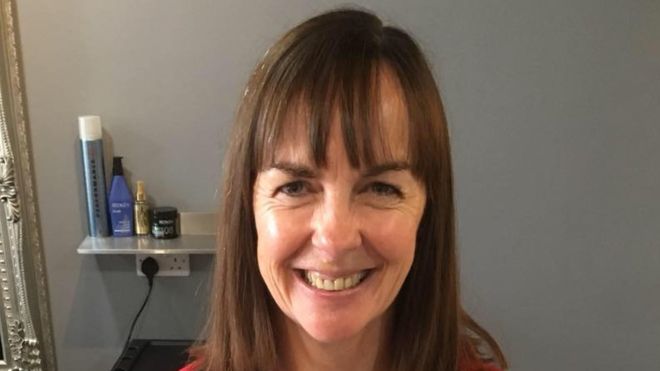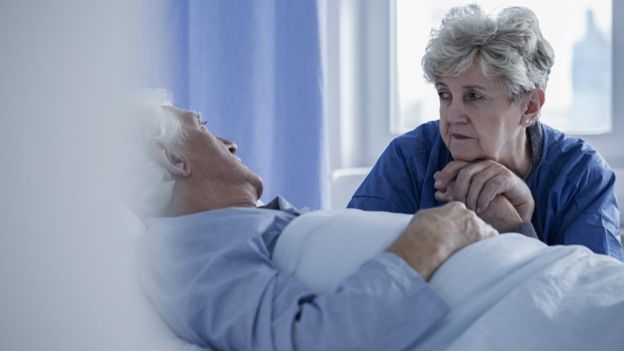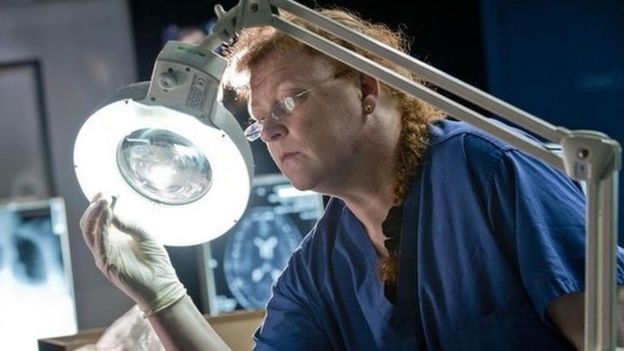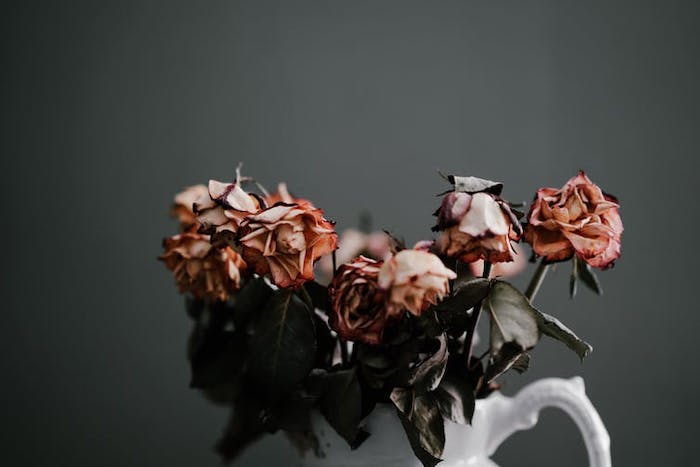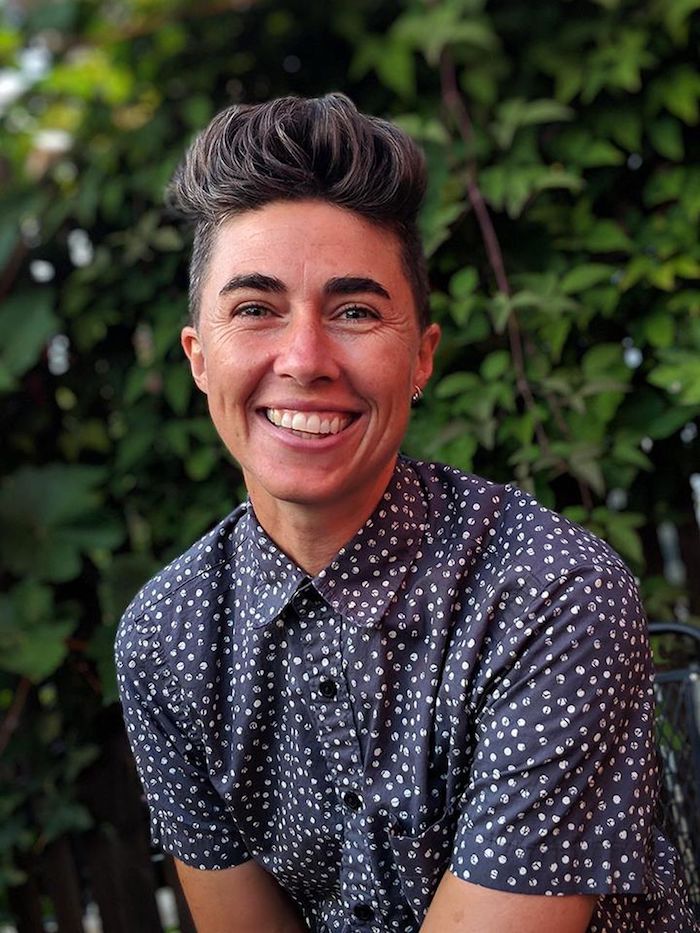New algorithm can tell patients how long they have to live
By Elizabeth Payne
Ottawa researchers are taking a page from Netflix and Google to help patients, their families and their doctors have informed conversations about death.
Researchers at Ottawa’s newly minted National Centre for Individualized Health have developed an algorithm that predicts how many months, or years, patients near the ends of their lives have to live.
It is information some people might not be comfortable with, acknowledged Dr. Peter Tanuseputro, an investigator at the Bruyère Research Institute and family doctor who offers house calls to his palliative patients. But he believes many elderly patients will want to know exactly how long they have to live, information not currently available for most. He also said everyone deserves access to the information, based on an individual’s health information and data collected across Ontario.
Among other things the end-of-life calculator can lead to is more appropriate care and more people benefitting from palliative care. Only 15 per cent of Canadians receive palliative care, according to recent data released from the Canadian Institute for Health Information. Even those who do often get it too late, said Tanuseputro.
“In Canada, we don’t like to talk about death and dying,” he said. “We think patients have the right to their own information to tell them about what is going to happen to them. We still live in a paternalistic society where we don’t think the patient can handle that information or don’t think they should have this information.”
The predictive algorithm, which goes by the acronym RESPECT (for Risk Evaluation for Support: Predictions for Elder-life in the Community Tool for the End of Life), calculates how long a person has to live based on 25 questions about what diseases they have and how difficult it is to care for themselves. The algorithm was developed using data collected through the province’s health system.
It is one of the digital health projects being developed by Bruyère aimed at addressing the health needs of people as they age (more info at bruyeredigitalhealth.ca/en/projects).
It is currently being pilot-tested in Windsor-Essex to help people who are frail understand whether they would benefit from palliative care. It is one of a series of algorithms using big data that is aimed at helping older people better understand their health risk factors in an effort to help them get better treatment.
When they are complete, the tools will be available to individuals and family members on the projectbiglife.ca website. In addition to calculating how close a person is to death, researchers are developing tools that will help calculate how long before an individual is likely to end up in a nursing home, and their risk of hospitalization.
Those tools can lead to preventative measures to help people stay in their homes longer, in some cases, or to get more appropriate care. Their development is part of the National Centre for Individualized Health, affiliated with Bruyère Research Institute, which was created with the help of donations totalling $1.25 million.
Tanuseputro said the use of big data to create predictive tools has the potential to change individual treatment and health care more generally. The health system is just catching up to what has been done elsewhere.
“If you watch Netflix, it will tell you what Netflix thinks you like based on your previous choices. In health care, we are just figuring this out,” he said.
“These tools are to help patients make informed decisions. Too often, you visit your doctor and your doctor has only limited amount of time and limited information.” While they might have a patient’s electronic medical data, that would not include what happened, for example, if the patient was in a hospital 100 kilometres away.
Among information patients are asked for in the 25 questions that feed into the predictive algorithm, are questions about activities of daily living, such as eating, bathing, personal hygiene and toiletting. Those, he said, are often a better indication that a patient does not have long to live, than a diagnosis of chronic illness.
He said physicians are sometimes hesitant to tell patients they are close to death — in part, because it is difficult to be accurate. This tool should change that, he said.
“We think patients have the right to know and seek out care that is appropriate to their needs. If a patient knows that they have a year to live, they should be receiving palliative care, supportive care, in order to stay at home. Clinicians don’t do it enough, partly because we live in a death-denying society and partly because it is hard, especially if you don’t have a terminal cancer diagnosis.”
Complete Article ↪HERE↩!




